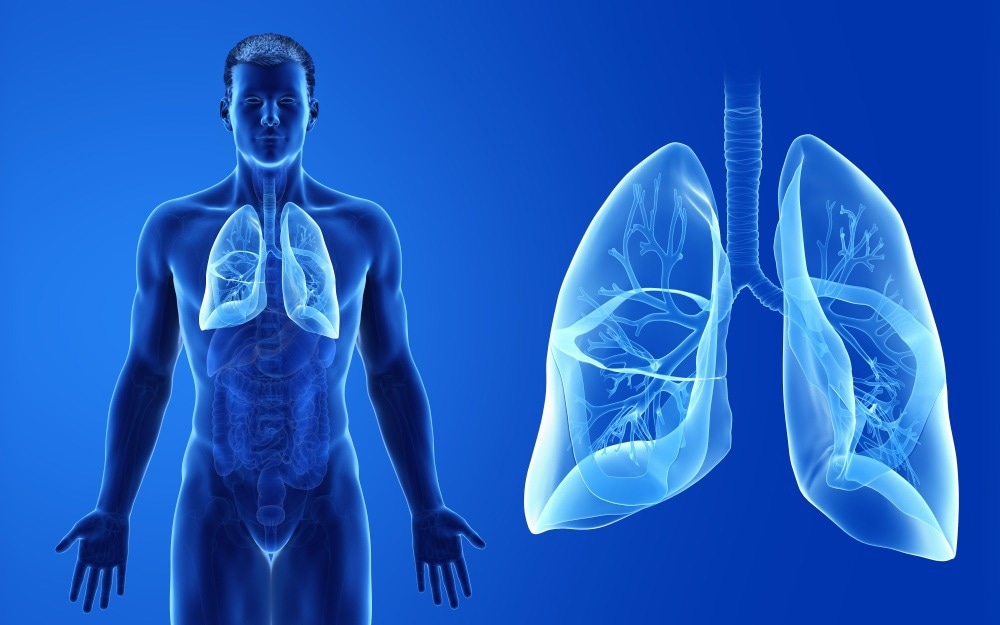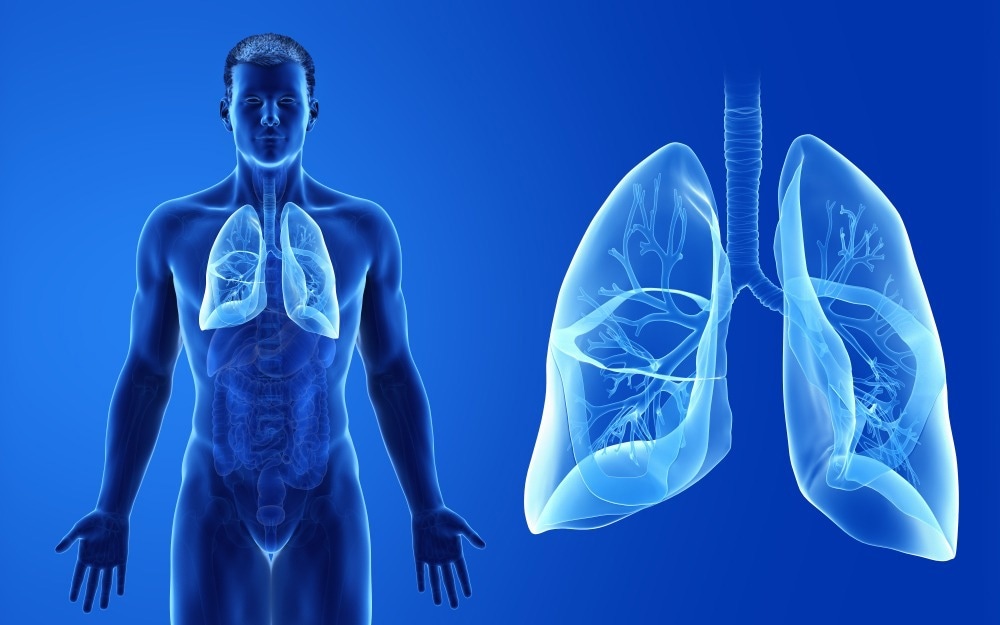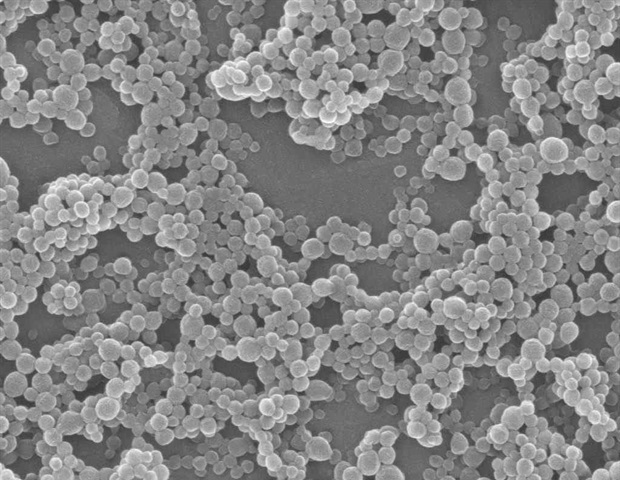In a recent study published in Physiological Genomics, a group of researchers explored how sex hormones and chromosomes influence allergic inflammation and gene expression in four-core genotype (FCG) mice exposed to house dust mites (HDMs).

Background
Asthma, affecting over 300 million globally, shows notable sex differences in prevalence, higher in male children and female adults, hinting at sex hormones’ influence. Studies link the hypothalamic-gonadal-pituitary axis with lung function and immunity, and genetic factors, particularly X chromosome variations, contribute to sex-specific asthma traits.
Inflammatory lung cell infiltration, worsened by environmental allergens like HDMs, particularly Dermatophagoides species, leads to airway inflammation. Although sex- and strain-specific responses to HDMs are documented, the exact impact of sex chromosomes and hormones on asthma remains unclear, necessitating further research into these complex interactions for better asthma management.
About the study
In the present study, FCG mice with a C57BL/6J background were obtained from Jackson Laboratories and bred in-house. These mice, genotyped as XX-male (XXM), XX-female (XXF), XY-male (XYM), or XY-female (XYF) using genomic polymerase chain reaction (PCR), were grouped into control and experimental sets at 8-10 weeks old following National Institute of Health guidelines and approval from the Bloomington Institutional Animal Care and Use Committee.
The experimental group received intranasal instillation of an HDM solution derived from Dermatophagoides species five times a week for five weeks. The control group was similarly administered phosphate-buffered saline (PBS). This procedure was done post-light anesthesia using pipette tips.
Lung lavage fluid was collected for cell counts, while lung tissues were used for ribonucleic acid (RNA) extraction and gene expression analysis, involving TempO-Seq assays and data processing with GraphPad Prism and DESeq2 in R.
Lastly, QIAGEN Ingenuity Pathway Analysis was utilized to examine networks of differentially expressed genes, specifically focusing on canonical pathways related to asthma and lung inflammation.
Study results
In the study, FCG mice were subjected to intranasal PBS or HDM for five weeks. The analysis indicated a trend toward increased neutrophil and eosinophil counts in the HDM group, particularly in the XYF genotype, although these increases were not statistically significant. This pattern was also observed, to a lesser extent, in XXF and XXM genotypes. When comparing genotypes, no significant changes in eosinophil and neutrophil counts were noted in animals exposed to HDM versus PBS.
The study also conducted a thorough gene expression analysis using Tempo-Seq in the lung tissues of the control and HDM-exposed mice. The goal was to identify differentially expressed genes (DEGs) and the majority of DEGs were upregulated across all genotypes in response to HDM, with XXM mice being an exception. Significant DEGs are presented in various figures and tables within the study. Interestingly, the response varied among the genotypes, with different numbers of upregulated and downregulated genes observed.
Further division of the animals based on sex chromosomes and gonads revealed more downregulated genes in XX mice compared to XY mice when challenged with HDM. However, no significant gene differences were noted between XX and XY HDM-challenged mice. In contrast, a substantial number of genes were differentially expressed between female and male HDM-challenged groups, with a mix of upregulated and downregulated genes.
Ingenuity Pathway Analysis (IPA) provided insights into the top upstream regulators and canonical pathways involved in the responses to HDM challenge. Notably, different pathways were enriched in various genotypic groups. For instance, the glucocorticoid receptor signaling pathway was prominent in XYM and XXF groups, while the Farnesoid X Receptor (FXR)/Retinoid X Receptor (RXR) activation pathway was unique to the XYM group.
The study also observed that inflammatory responses and immunological diseases were common across all groups when comparing animals with the same sex chromosomes or hormones.
In terms of molecular and cellular functions, differences were noted based on the sex chromosomes and gonads. For example, the DEGs in the XXM HDM-challenged group were mostly associated with the proliferation of various cell lines, including lymphocytes and gonadal cells. In contrast, the majority of DEGs in the XXF HDM-challenged group, which were known to decrease inflammation, were downregulated.
The XYM group presented DEGs affecting chronic inflammation, and in the group with female chromosomes (XXF vs. XXM), DEGs were related to inflammatory processes in the respiratory system.
Finally, in the group with female gonads, cellular functions like cell death, survival, and development were predominantly associated with the identified DEGs. In contrast, in the group with male gonads, most DEGs known to increase inflammation were downregulated.
Journal reference:
- Ekpruke, C. D., Alford, R., Rousselle, D., Babayev, M., Sharma, S., Commodore, S., Buechlein, A., Rusch, D. B. and Silveyra, P. (2024) Physiological Genomics, 56(2), pp. 235–245. doi: 10.1152/physiolgenomics.00112.2023. https://journals.physiology.org/doi/full/10.1152/physiolgenomics.00112.2023?utm_source=PG







